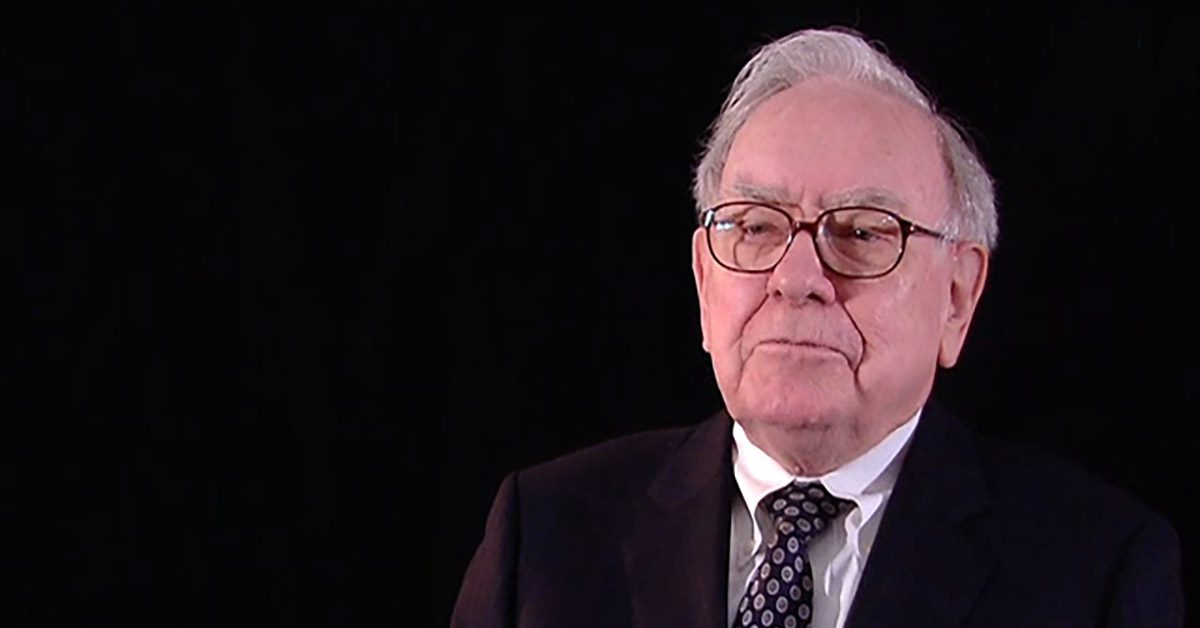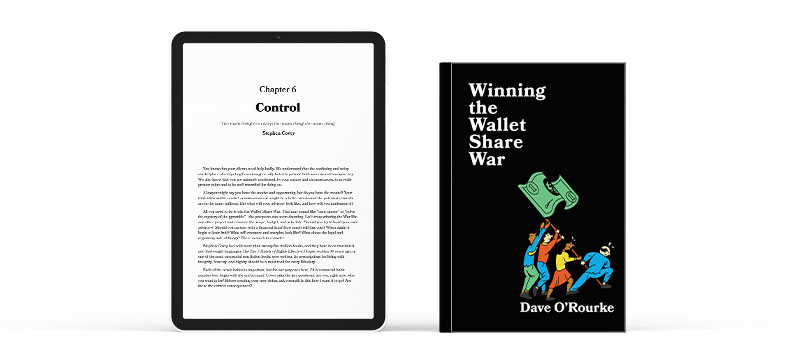As barriers to entry go, infrastructure is as tough as they come. Infrastructure is such a complex system of interrelated components that it almost defies definition. In financial services, particularly in holistic wealth management, infrastructure is capital-intensive, multi-disciplinary, and absolutely required to play the game.
A partial list would include a clearing and custody platform, a portfolio management and trading platform, a performance management and reporting platform, a client services platform, an asset and portfolio allocation platform, a financial planning application, and an insurance and risk analysis platform. That’s nowhere near all you need, and it’s only the technology part.
You will also need subject matter expertise across the full spectrum of wealth management, from trusts and estates to investment management to insurance consulting. And you’ll need an often overlooked element of infrastructure: workflow and productivity. You will need client on-boarding, billing, servicing, client relationship management, and communications workflow automation, or your productivity will be crushed. A highly evolved wealth management firm will have dozens of embedded workflows that integrate the entire infrastructure architecture.
All of this is before we even consider the human resource expense. Even if you took the time to learn all you’d need to know to master all of these components of infrastructure, how could you possibly have time for anything else? You virtually have to have a chief operating officer and a team to keep the machine running.
Infrastructure is generally a seven-figure annual expense when all costs are considered. This is why so few firms have any practical options beyond partnering or outsourcing. As a practical matter, the infrastructure barrier can only be overcome by acquiring or being acquired, or partnering with a wealth management firm that brings a comprehensive infrastructure to the table.
The entrepreneurial tax pro whose tax compliance firm serves hundreds of clients is not likely to have the capital to acquire a much larger firm, and that innate desire to own their own firm takes getting acquired off the table. So let’s focus here on what you should seek in an outsourcing partnership.
CPAs Should Compartmentalize Their Outsourcing Decision
There are so many elements of an effective partnership, that the search for an ideal partner can be overwhelming. I suggest that you focus on three essential considerations: cost, productivity, and risk.
Let’s approach cost the way a CPA would: as the things you subtract from revenue to get gross margin. Entering into the wealth management side of things should mean a significant revenue spike for you. After all, wealth management typically costs your client ten to twenty times more than tax compliance does. This cost decision should be balanced against the attractiveness of the wealth management offer, which makes this decision much more nuanced—and important.
Your potential partner will be investing in you and will want to make a return on that investment. They may have a pay-to-play model, where you compensate the partner with a share of revenues. They may want to keep half or more of the client’s total revenues, or they may make money from their distribution efforts that you never see.
Another model, and one worth serious consideration, is the subscription model. In this model, you pay a monthly subscription fee to access a wealth management platform, and generally would expect to keep the lion’s share of the clients’ advisory revenues. This model would likely be attractive to the tax pro who is confident that some of their clients will find the new offers attractive.
You’ll want to be clear-eyed about what you get for that subscription fee, and you’ll want to remember that hits to your productivity can come with a hefty opportunity cost. An ideal partnership arrangement would divide labor where the tax pro was responsible solely for tax strategy and compliance and relationship management, leaving all of the other tasks to their partner. In this model, the tax pro would expect to see their productivity rise dramatically. Getting pulled into middle and back office chores is an expensive distraction and a drag on your valuation.
Obviously, cost and productivity are related. When thinking about productivity, it seems to me that the key question is how long will it take for your new partnership to become profitable? You will have to acquire the appropriate licenses—typically a Series 65 and a Life & Health insurance license in your state. You cannot be compensated without those licenses, and it will take some time to study and prepare. You’ll want to ask your potential partners how they’ll support you in that effort.
Knowledge is its own category of barrier, and so is marketing, and both will have profound effects on your success. This decision about partnering is complex, without question. But if we assume that your knowledge is largely where it needs to be already, and that you’ll learn a great deal from the licensing process, and we assume that your message will get to the people who need to hear it, then what you’re looking for is an onboarding process that gets you to new revenues as quickly as possible.
A good line of inquiry would include testimonials from other tax pros who have gone before you and achieved success. If these predecessors have a lot in common with you, you should feel pretty good about your chances. How did the partner firm bring them along? Do they have a proven process to ensure your success? Most importantly, how long will it be before you are enjoying new revenue streams?
I can tell you from practical experience that a well-organized firm with a proven process should be developing a revenue pipeline for you within two to three months.
CPA, Turn the Risk Question Upside Down
Risk is the barrier that stops most tax pros from making the transition to holistic wealth management. There is the risk that money will be spent with no return, and there is the risk that you will be distracted from your core business. But the biggest risk, for most tax pros, is to their brand. Will they confuse their clients? Will their clients decide that they really want a tax pro who just does taxes?
Almost everyone who analyzes the risk of this transition will be thinking about the risks of something going wrong. But I suggest it may be more useful to consider the risks of not making the transition. Let’s review some of those.
Commodification immediately comes to mind. Hundreds of millions of advertising dollars were spent in 2022 alone in an effort to separate you and your clients. That advertising cheapens the professional by attempting to substitute a “tax expert” for a CPA or EA. And it certainly aims to cheapen the value of the service by offering to prepare tax returns for about $400. So that’s a threat.
Artificial intelligence is perceived by many to be the biggest threat of all. I’ve blogged on this previously. I believe that artifcical intelligence (A.I.) is a tool and that tax pros should be figuring out how to use it to their best advantage. Having said that, robotic process automation does have the potential to reduce prices as it replaces human labor that tax pros used to provide.
The growing wealth gap between the richest American families and everyone else may not seem like a threat, but it should be. However, it’s not a threat for tax pros; it’s a threat to old-school brokers and advisors who can’t compete with the trend of democratizing multi-family offices. That trend holds the biggest opportunity for tax pros since double-entry accounting.















